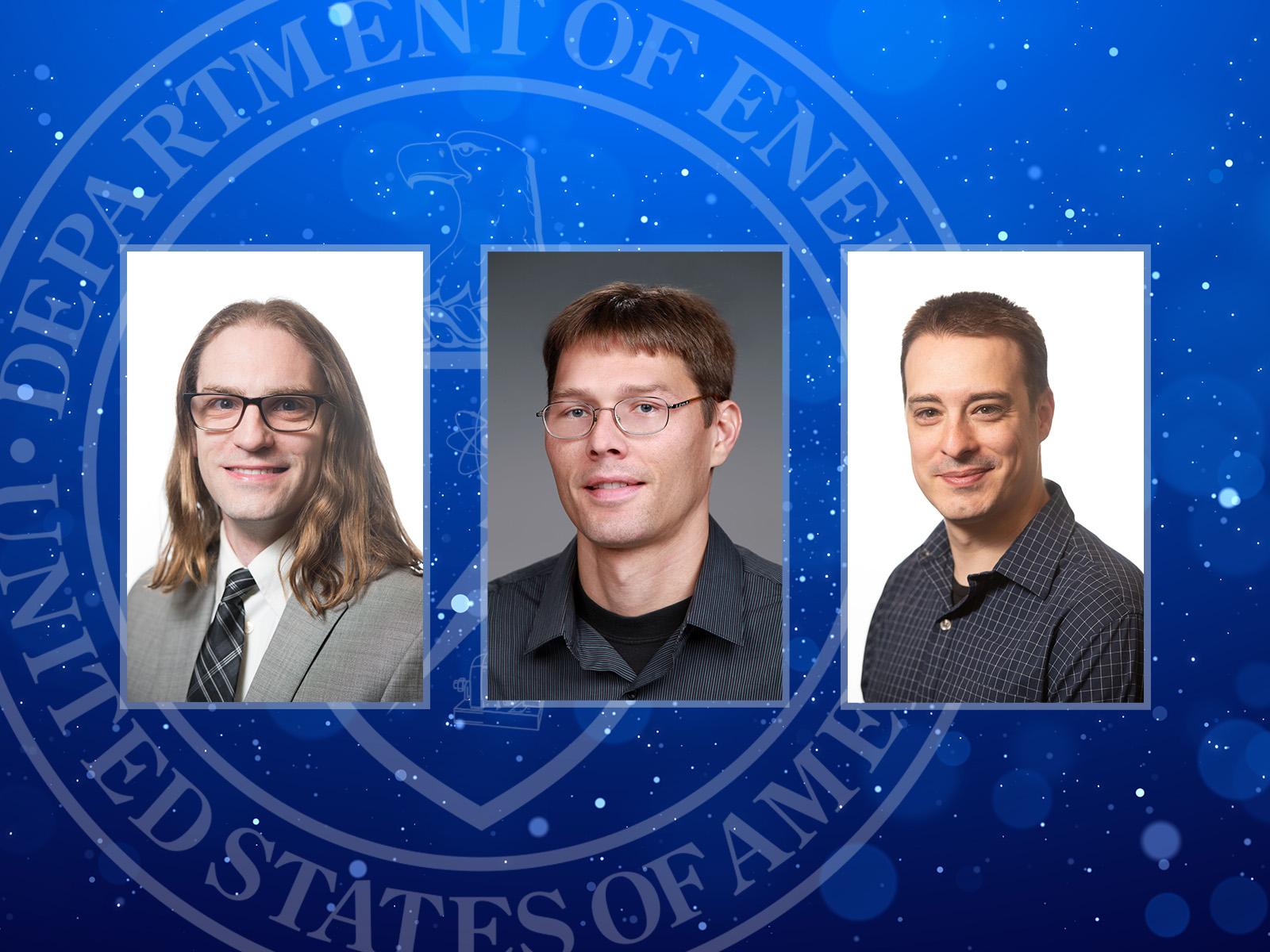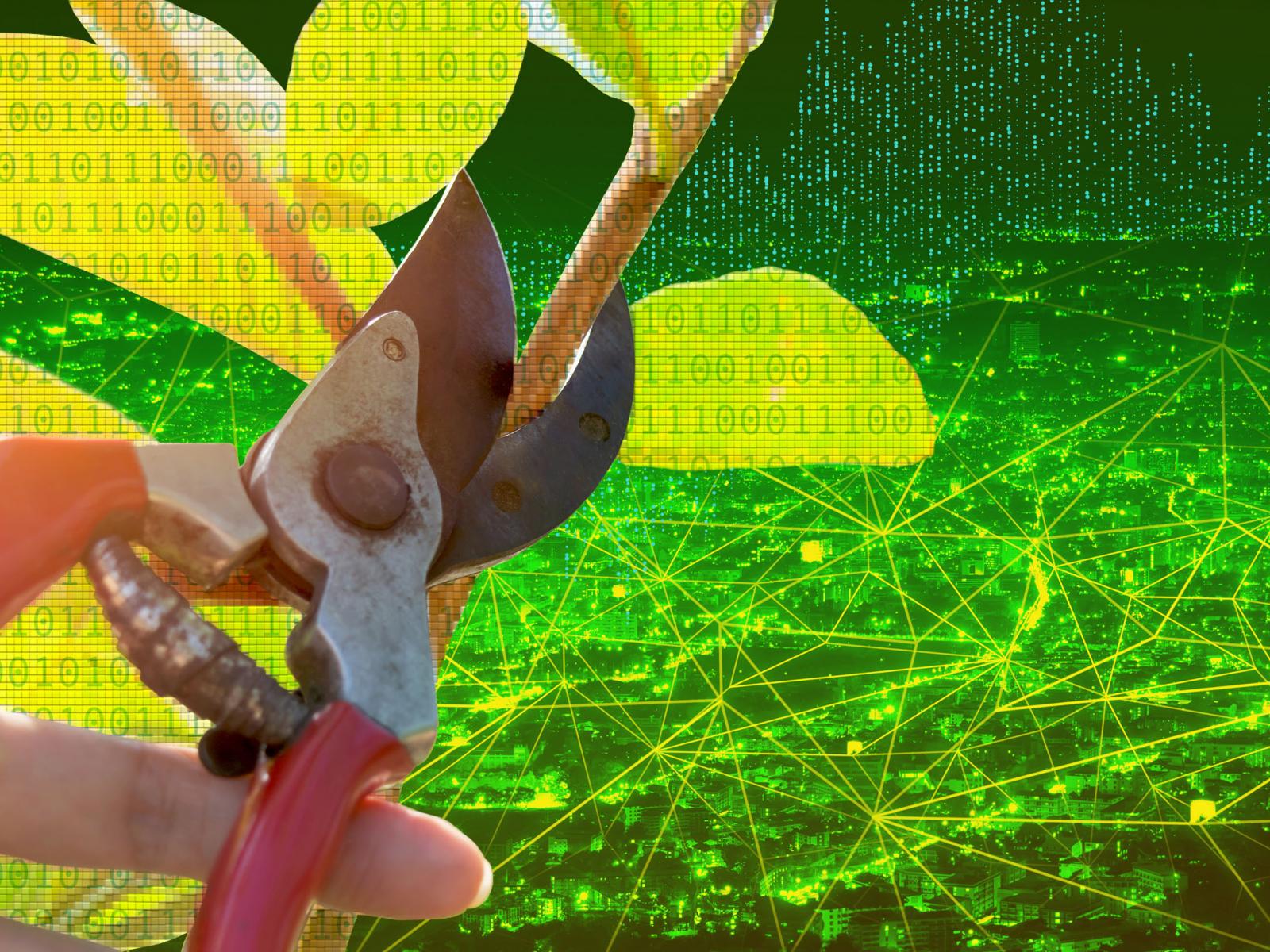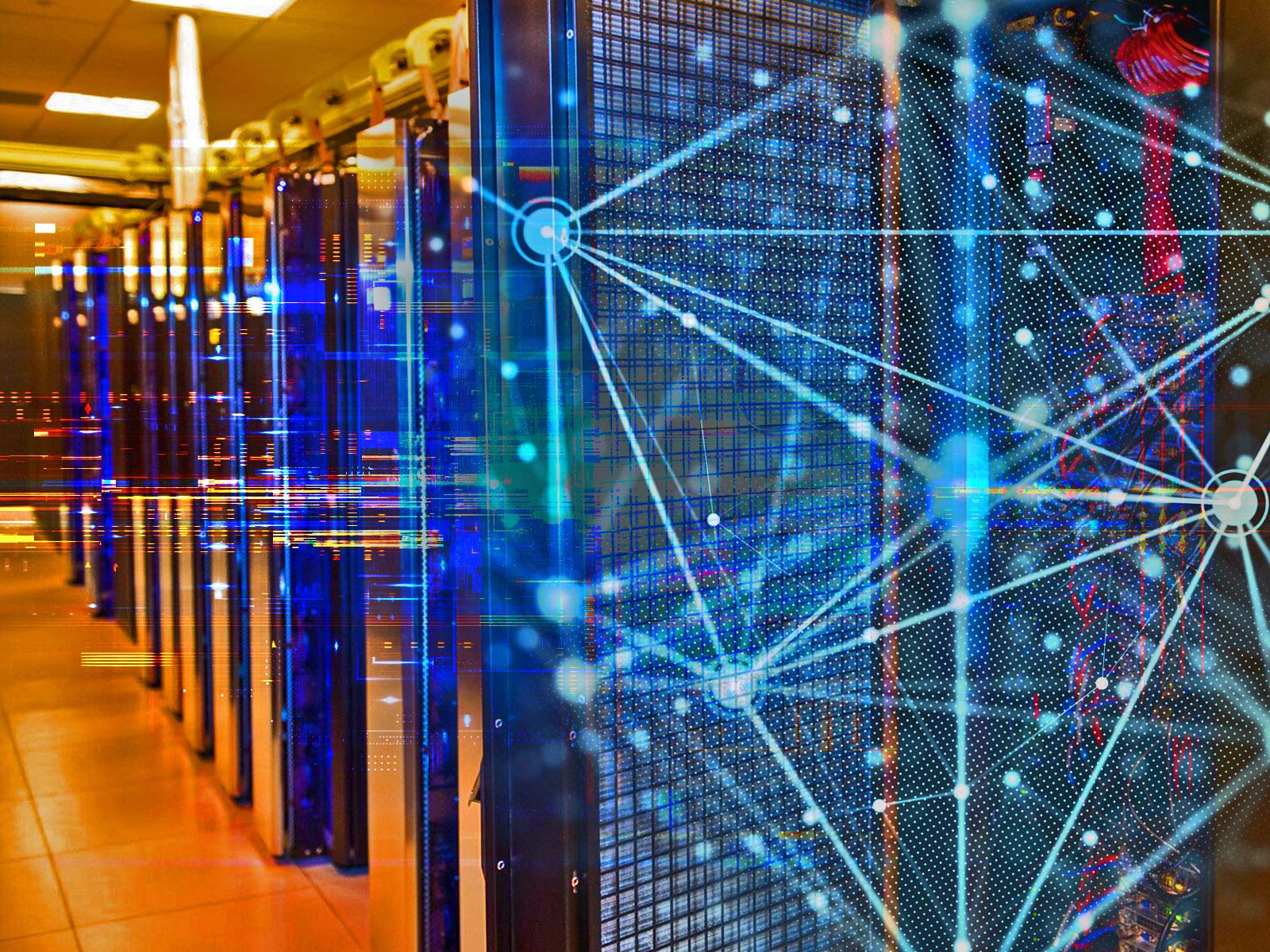The University at Buffalo will lead a $10 million project to develop software that academia, industry and government agencies use to manage high-performance computing infrastructure, the U.S. National Science Foundation (NSF) announced on Friday.
Tag: Computational Research
Designing Microbe Factories for Sustainable Chemicals
Scientists have devised a way to engineer yeast to produce sustainable, eco-friendly commodity chemicals using computing power as a guide.
Energy Secretary, Washington Governor Dedicate Energy Sciences Center at PNNL
Fundamental research conducted at the $90-million research facility will help the nation meet its clean energy goals.
Researchers Develop Novel Analog Processor for High Performance Computing
Analog photonic solutions offer unique opportunities to address complex computational tasks with unprecedented performance in terms of energy dissipation and speeds, overcoming current limitations of modern computing architectures based on electron flows and digital approaches. In a new study published…
Worldly Experience Is a Catalyst for Change
Bojana Ginovska leads a physical biosciences research team headed for PNNL’s new Energy Sciences Center. She uses the transformative power of molecular catalysis and enzymes to explore scientific principles.
Accelerating the Speed of Science
Researchers will be able to design their own computer accelerators for faster analysis of large datasets

Scientists Earn Early Career Awards
The DOE Early Career Research Program supports exceptional researchers during the crucial early years of their careers and helps advance scientific discovery in fundamental sciences
Energy on Demand: Learning from Nature’s Catalysts
With quantum chemistry, PNNL scientists are discovering how enzymes such as nitrogenase serve as natural catalysts that efficiently break apart molecular bonds to control energy and matter.
Finding What Makes Catalysts Tick
Computational chemist Samantha Johnson, who is searching for combinations to bolster energy future, is among the PNNL scientists preparing to move into the Energy Sciences Center. The new $90 million, 140,000-square-foot facility, is under construction on the PNNL campus and will accelerate innovation in energy research using chemistry, materials science, and quantum information sciences to support the nation’s climate and clean energy research agenda.

The Impact of Pruning
PNNL researchers have shown an improved binarized neural network can deliver a low-cost and low-energy computation to help the performance of smart devices and the power grid.

Safeguarding the Nation’s Supercomputers
PNNL researchers and university collaborators have developed a system to ferret out questionable use of high-performance computing (HPC) systems.
Network Resilience is Key to Surviving Compound Hazard Events, Scientists Say
As extreme weather and other events increase in frequency and intensity, cybercriminals ramp up attacks on technologies that tie together urban infrastructure systems, networks critical to the flow of data, people, goods, and services must be made more resilient to failure, according to a team of scientists.